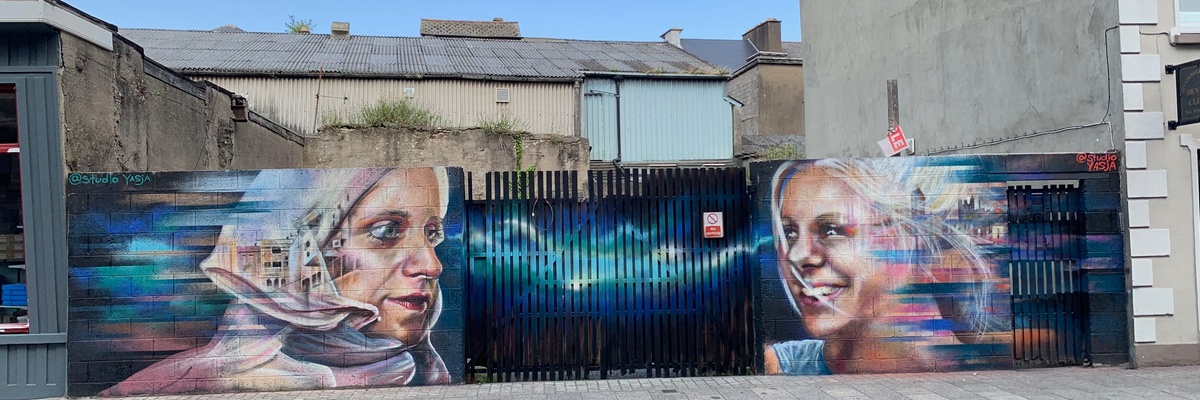
"Connecting people with fun & creativity through Murals for Communities brings joy to the places that we live, work and play. It's amazing to see all ages and abilities coming together through public art, especially when murals are created in forgotten spaces." - Katherine Collins, Murals for Communities Project Lead, Waterford

12 weeks total including 8 weeks for permissions and 4 weeks for community workshops and mural creation.
Define Project Scope
Begin by determining whether this is a short or long-term initiative and identifying your target community. Consider key questions: Who are you organising this for? Why choose mural art for your area? What are your short and long-term goals? If working with children, plan how to create engaging learning experiences throughout the process.
Research your area's history with street art and identify which local policies your project might support. This foundational work helps establish clear objectives and ensures your mural project focuses on community connection and collaboration alongside visual transformation.
Assemble Your Team
Build a diverse team including a professional artist for design and facilitation, local council contacts for permissions and potential funding, community representatives (especially from the immediate area), and local media contacts to share your story. If your project involves children, engage a facilitator experienced with young people to ensure workshops are playful, educational, and inclusive.
During this pre-production phase, identify the best community entry point, select an appropriate wall, understand permission requirements, develop the artist brief, and establish who will approve the final design.
Plan Workshops and Design
Organise facilitated workshops where community members share ideas, themes, and concerns about the project.
Create a profile of your environment and participants, then plan how to attract people of all ages to workshops.
Brief your facilitation artist and support team on the process, establish feedback mechanisms, and develop measurement systems for collecting statistics and impact data.
Ensure you have suitable venues and all necessary materials like presentation paper, whiteboards, pens, and post-its to capture community input.
This stage culminates in a detailed action plan with confirmed dates and contingency planning.
Make It Happen
Execute your plan whilst remaining flexible for adjustments. Support your facilitator to ensure workshops have everything needed for success. Apply proven workshop methodology to ensure all voices are heard and progress is made.
Delegate key tasks among team members and establish clear communication channels so everyone stays informed and engaged throughout the mural creation process.
Work closely with your artist to translate community input into the final design, then coordinate the actual mural painting with community participation as planned.
Celebrate and Evaluate
Organise a launch event to celebrate your completed mural, ideally with food, music, and community gathering if budget and permissions allow.
Collect comprehensive feedback from all participants using questionnaires, online surveys, verbal recordings, or video testimonials. Ensure proper consent forms are completed for any photos or videos, especially involving children.
Gather input from community members, artists, and funders about both the process and final artwork, plus its impact on the area and participants.
Use this evaluation data to support future funding proposals and local community development plans, then continue publicising your project to inspire others